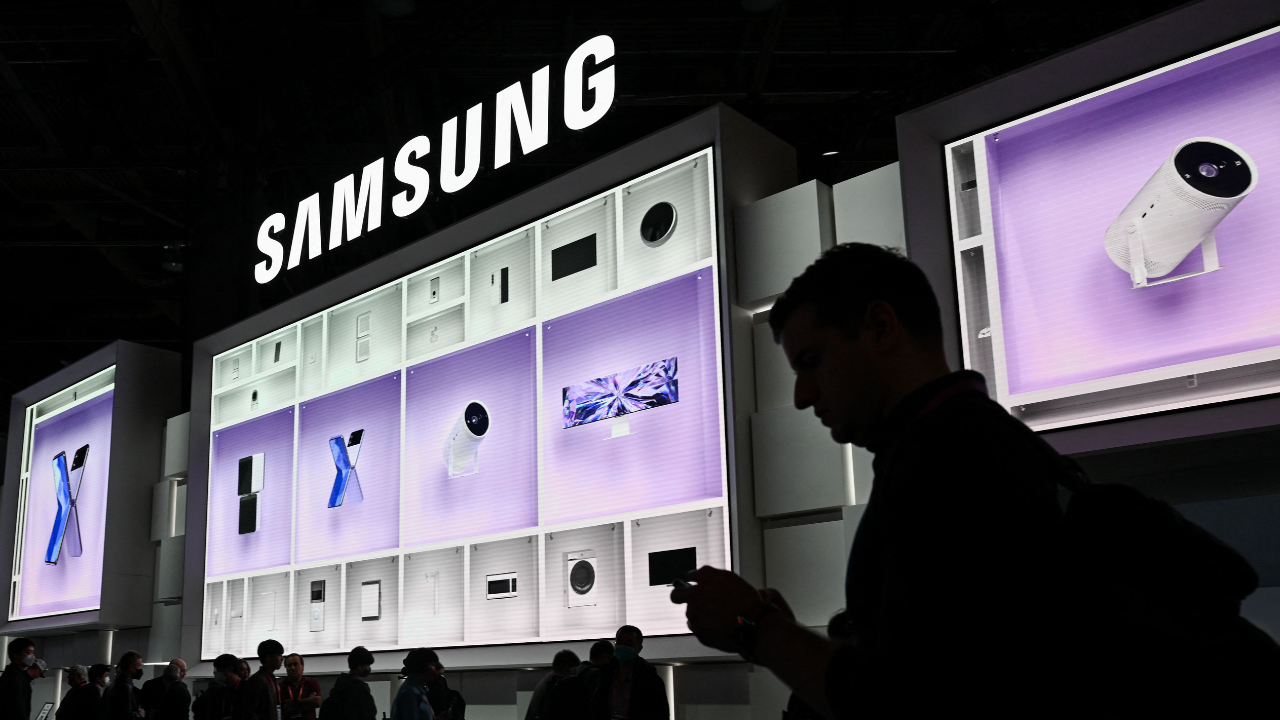The smartphone landscape is on the cusp of a significant shift, a move away from the cloud and towards the device itself. Samsung’s upcoming Galaxy S25 series is poised to spearhead this revolution, bringing the power of advanced artificial intelligence directly into the hands of users. This isn’t just a minor upgrade; it’s a fundamental change in how our phones process information and execute tasks, promising enhanced speed, improved privacy, and a whole new realm of possibilities.
Recent discoveries have shed light on the core of this transformation: the integration of the powerful Snapdragon 8 Elite chipset. This isn’t just about raw processing power; it’s about a dedicated focus on optimizing performance and efficiency specifically for on-device AI. What does this mean in practical terms? It means your Galaxy S25 will be able to handle complex AI tasks, previously relegated to cloud servers, right within the confines of your device.
Unlocking the Potential: The Benefits of On-Device AI
The advantages of this shift are numerous and far-reaching. Imagine a world where photo editing, enhanced by generative AI, happens instantaneously, without the need to upload your precious memories to the cloud. This is the promise of the Galaxy S25. The Snapdragon 8 Elite’s prowess in handling these demanding tasks locally translates to not only faster processing times but also more accurate and contextually relevant results.
sm8750 – Snapdragon 8 elite.
Samsung Galaxy 25 Series. 👋
More on-device AI features. Absence of any other (except the mentioned one) Exynos/Mediatek chipset in the list also confirm the rumour that the Galaxy S25 series will come with Snapdragon chips only.#Samsung pic.twitter.com/NaZfevr9QM
— AssembleDebug (Shiv) (@AssembleDebug) December 26, 2024
But the benefits extend beyond just photo editing. Imagine a streamlined user experience, where everyday tasks are handled with an unprecedented level of intelligence and efficiency. Imagine novel app functionalities that were previously impossible due to the limitations of cloud-based processing. The Galaxy S25, powered by on-device AI, is set to unlock these possibilities and redefine what we expect from our smartphones.
A Glimpse into the Future: New Features Powered by On-Device AI
Leaked information has provided a tantalizing glimpse into some of the specific features we can expect to see in the Galaxy S25 series. These features, deeply intertwined with the Snapdragon 8 Elite’s on-device AI capabilities, paint a picture of a truly intelligent and intuitive mobile experience:
- Enhanced Generative Editing: Imagine seamlessly manipulating images, removing unwanted objects, or even expanding the boundaries of your photos, all without relying on a network connection. This is the power of on-device generative editing.
- Intelligent Inpainting and Outpainting: These advanced image editing techniques, previously requiring significant cloud processing, will now be handled directly on the device. Inpainting allows for seamless blending of edits into an image, while outpainting expands an image beyond its original borders, creating entirely new perspectives.1
- Local Processing for Enhanced Privacy and Speed: Features like Note Assist and Generative Edit, which currently rely on cloud processing, will experience a significant boost in speed and responsiveness thanks to on-device AI.2 This eliminates the latency issues often associated with cloud-based processing, even with a stable internet connection.
Just in: Samsung loses bid for Qualcomm Snapdragon 8 Elite 2 chip production.
The 8 Elite 2 will be entirely mass-produced by TSMC using their N3P process.
Samsung also aimed to win the order for the 8s Elite, but was unsuccessful.
Samsung plans to target the order for the 8…
— Jukanlosreve (@Jukanlosreve) December 27, 2024
The Shift Away from the Cloud: Why On-Device AI Matters
The move towards on-device AI is driven by several key factors. First and foremost, it offers a significant improvement in speed and responsiveness. By processing data locally, the Galaxy S25 eliminates the need to send information to and from remote servers, drastically reducing latency.3
Secondly, on-device AI offers a substantial boost to user privacy. By keeping data processing within the device itself, it minimizes the risk of sensitive information being exposed during transmission or storage in the cloud. This is particularly crucial in an age where data privacy is paramount.
A Turning Point for Samsung and the Chip Industry
However, this story has a subplot, one that speaks to the intense competition within the semiconductor industry. While the Galaxy S25 is set to benefit from the Snapdragon 8 Elite, reports suggest a significant shift in the production landscape for future generations.
Rumors indicate that TSMC, the Taiwanese semiconductor giant, has secured the manufacturing orders for the Snapdragon 8 Elite 2, the chip expected to power the Galaxy S26 series. This represents a significant blow to Samsung, who has been vying to maintain its position as a key chip manufacturer for Qualcomm.
This shift is attributed to TSMC’s consistent track record of delivering reliable process nodes and high yields, particularly with advanced manufacturing processes. Samsung’s struggles with its own 3nm process, including reported yield issues and the subsequent cancellation of the Exynos 2500 for the Galaxy S25, have likely played a role in Qualcomm’s decision.
This isn’t an isolated incident. Google has also reportedly chosen TSMC to manufacture its Tensor chip for the Pixel 10 series, further highlighting the challenges Samsung faces in the competitive foundry market.4
The Future of Exynos and Samsung’s Semiconductor Strategy
Despite these setbacks, Samsung is not giving up on its Exynos chip.5 Reports suggest that the Exynos 2500, despite not appearing in the Galaxy S25, may find its way into the Galaxy Z Flip 7. This strategic move allows Samsung to continue developing and refining its Exynos technology without the pressure of large-scale production for its flagship smartphones.
The company is now focusing on improving the reliability and yields of its 3nm process, with an eye on attracting future customers for its next-generation 2nm technology, slated for commercialization in late 2025.
Conclusion: A New Era of Mobile Computing
The Samsung Galaxy S25, with its focus on on-device AI powered by the Snapdragon 8 Elite, marks a significant turning point in mobile computing. It heralds a new era of faster, more private, and more intelligent mobile experiences. While the competitive landscape of the semiconductor industry continues to evolve, one thing is clear: the future of mobile is intelligent, and it’s happening right on your device.






